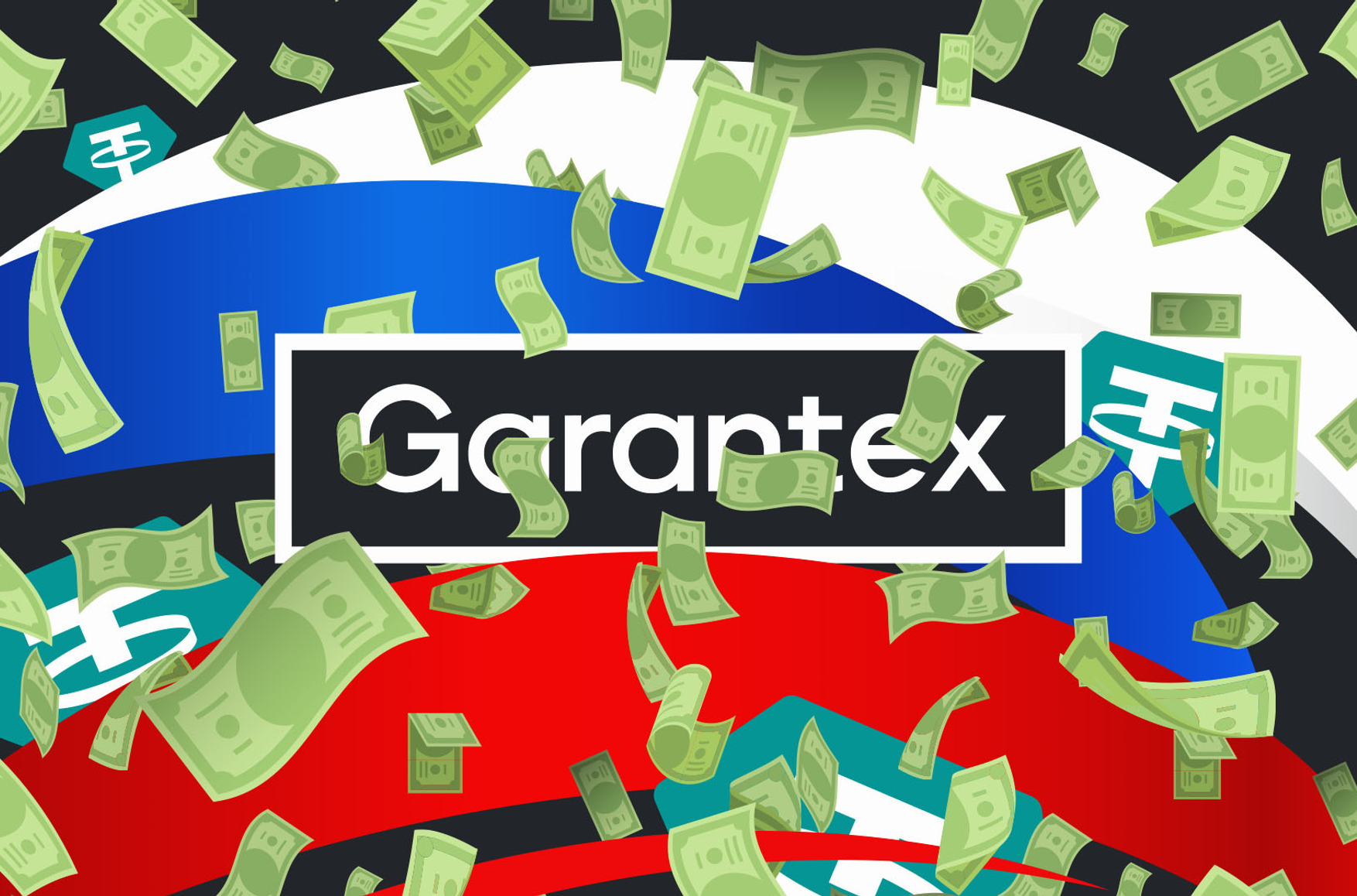
Image from protos.com
Russian nationals Pavel Karavatskiy, Alexander Mira Serda, and Sergey Mendeleev have been placed on the OFAC (Department of the Treasury’s Office of Foreign Assets Control) Specially Designated Nationals (SDN) list, effectively cutting them off from the American financial system.
The update, published on the OFAC website, also lists several Russian companies: A7 Agent LLC, A7 LLC, A71 LLC, Indefi Smartbank, Grinex, and Exved.
Who’s on the sanctions list
Karavatskiy, Mira Serda (also known as Alexander Ntifo-Siao), and Mendeleev are central to the case involving the Russian cryptocurrency exchange Garantex. The companies mentioned above — now also sanctioned — are linked to the platform. Garantex specialized in converting rubles into stablecoins — a mechanism that was used, among other purposes, to bypass sanctions. In April 2022, the U.S., through OFAC, imposed sanctions on Garantex — not for sanctions evasion, but for facilitating cybercrime, including transactions tied to Russian darknet markets Hydra and Conti.
On March 7, 2025, authorities in the United States, Germany, and Finland carried out a joint operation to seize the exchange’s domains (Garantex.org, Garantex.io, and Garantex.academy), freezing more than $26 million. They also brought charges against administrators Alexey Beshchyokov and Alexander Mira Serda, who were accused of conspiring to launder money. Beshchyokov also faced charges of conspiring to violate sanctions and operating an unlicensed money-transferring business. He was arrested on March 11 in New Delhi, India, and is awaiting extradition to the United States. That same month, Tether — the issuer of the USDT stablecoin — blocked the exchange’s wallets, which held 2.5 billion rubles (around $31 million).
According to the investigation, between 2019 and 2025 the defendants controlled and operated Garantex, fully aware that the exchange was being used to launder proceeds from criminal activity, including hacking, ransomware, financing terrorism, and drug trafficking.
What is Garantex
The cryptocurrency exchange was launched in 2019 in Estonia, but from the outset its target user base was Russians. Garantex operated primarily out of Moscow’s Federation Tower in the Moscow City business district, and also from St. Petersburg. Sergey Mendeleev described Garantex as a crypto startup with an innovative concept: exchanging fiat currency for cryptocurrency with no fees and zero spread. The idea, essentially, was to create a “transparent platform” where prices stayed as close as possible to market rates and profits did not come from hidden costs to the client.
In February 2022, Estonia revoked Garantex’s license over serious AML/CFT violations (anti–money laundering and countering the financing of terrorism). Despite this, the exchange continued operating.
After international payment systems exited Russia and banks faced restrictions on international transfers, Garantex chose not to comply with EU and U.S. sanctions against Russian users and continued serving all clients. Because the company maintained an office in Russia, users had no difficulty adding fiat currency into their accounts — an option that had disappeared from other exchange platforms.
The Bell described Garantex as “a phenomenon in the Russian market.” The exchange kept operating no matter what — even after visits from law enforcement, its office in the Federation Tower would reopen, ready to exchange large amounts of fiat currency for cryptocurrency.
What is Grinex
The cryptocurrency exchange Grinex, registered in Kyrgyzstan, emerged shortly after Garantex was shut down and is likely its successor. The platform is used, among others, by fugitive Moldovan oligarch Ilan Shor. According to the Financial Times, in just four months roughly $9.3 billion moved through Grinex via the cryptocurrency token A7A5.
A7A5 was launched in February 2025, also in Kyrgyzstan. Also per the Financial Times, it is backed by Shor and PSB Bank (formerly Promsvyazbank), which is linked to Russia’s defense sector. The A7A5 stablecoin is pegged to the ruble and backed by deposits at PSB, a bank that is under U.S., UK, and EU sanctions for its role in Russia’s full-scale invasion of Ukraine. The token’s growth has been rapid, the outlet notes: there are now 12 billion coins in circulation — the equivalent of $156 million. A relatively small group of participants actively uses it, transferring daily sums that exceed the total issued supply.
Fiat money refers to regular government-issued currency — such as the dollar, ruble or euro.
The spread is the difference between the buying price and the selling price. For example, if an exchange sells Bitcoin for 100 dollars but buys it back for only 98 dollars, that 2-dollar gap is the spread — and it’s where the platform makes its profit.